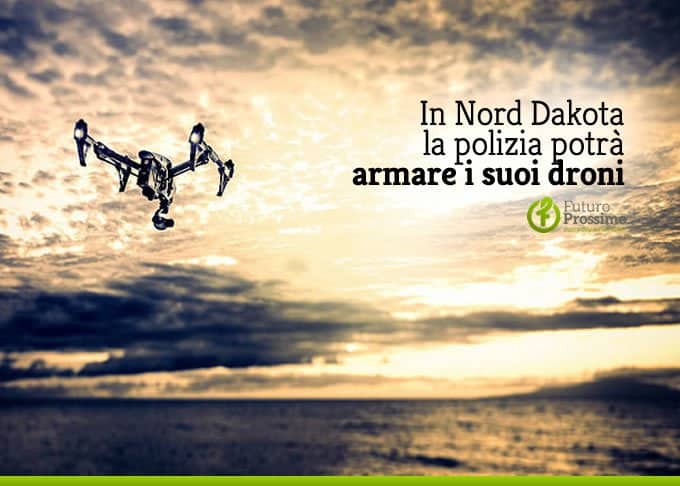In the American state, a law created to ensure that the police did not use weapons on drones has in fact led to a provision with the opposite effect: it will be possible to equip drones with Tasers, stun gas, pepper spray and all sorts of non-invasive weapons. lethal (if by “non-lethal” you mean something that killed 39 people last year). It is the first American state to legalize such a possibility, and not even if it was done on purpose there was a lobby behind it: the drone lobby was just missing (take a look here: https://www.auvsi.org/ home )
Here is the text of the approved law
In India the police have already equipped drones with pepper spray to quell street disturbances: arming American police drones is much more than a hypothesis, and this opens us up to several questions.
A "safe" policeman who uses a remote tool through a video will be more inclined to "fire" in a scenario in which he runs no risks, or on the contrary he will find himself in a situation of greater clarity which will allow him to make less hurry? To shoot or not to shoot is often the most difficult decision for a law enforcement operator: recent episodes, especially on American soil, clearly tell us that agitation has often not been a good advisor.
The most important thing to know about who will have to operate these aircraft is that it is probably one of the figures who will be used most in the coming years. Very large teams of personnel will be deployed to monitor scenarios and locations, track suspects and (in the case of armed drones) target them. How will they behave in evaluating the impact of their actions on a group of peaceful protesters who begin to "bother too much"?
If current laws allow through their interpretations to equip aircraft with tasers, there will be little else to do but figure out how to assess this state of affairs. I already imagine scenes of demonstrations in which protesters organize anti-aircraft batteries.


